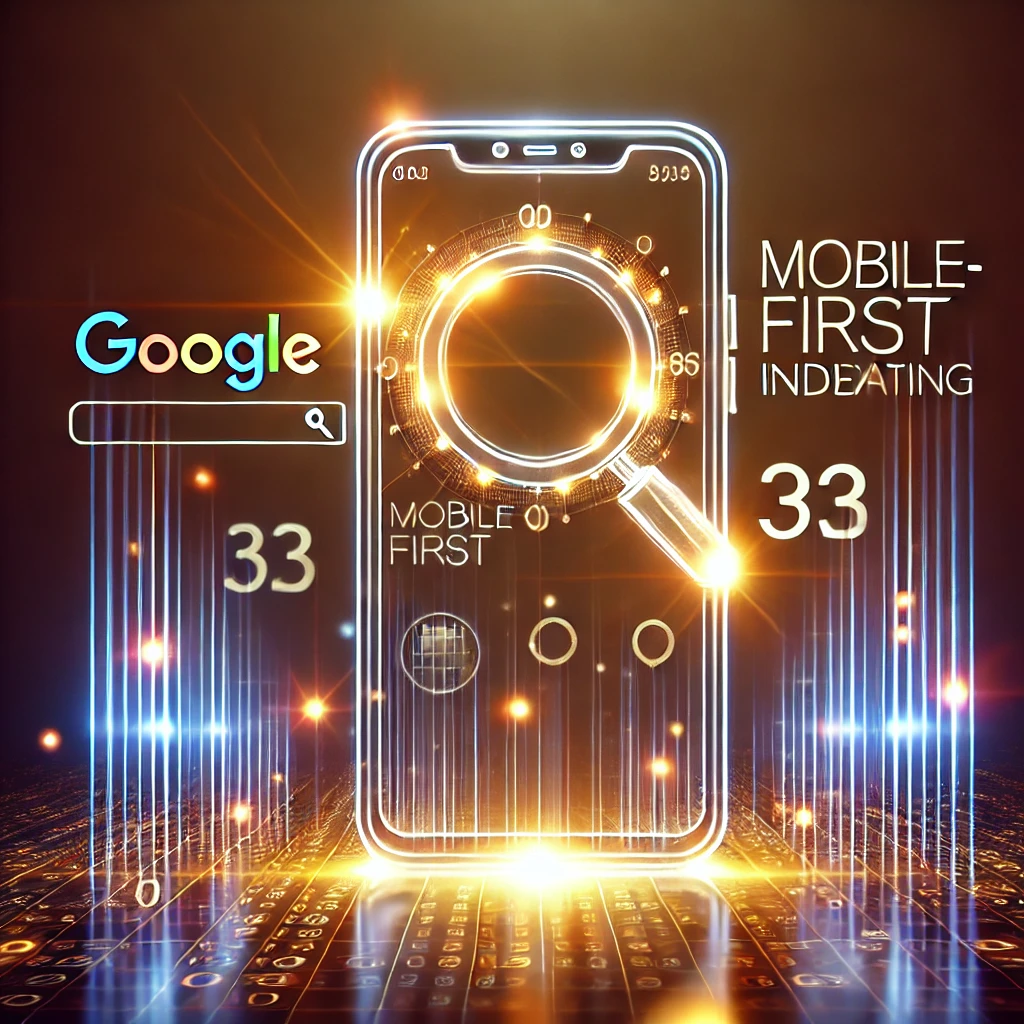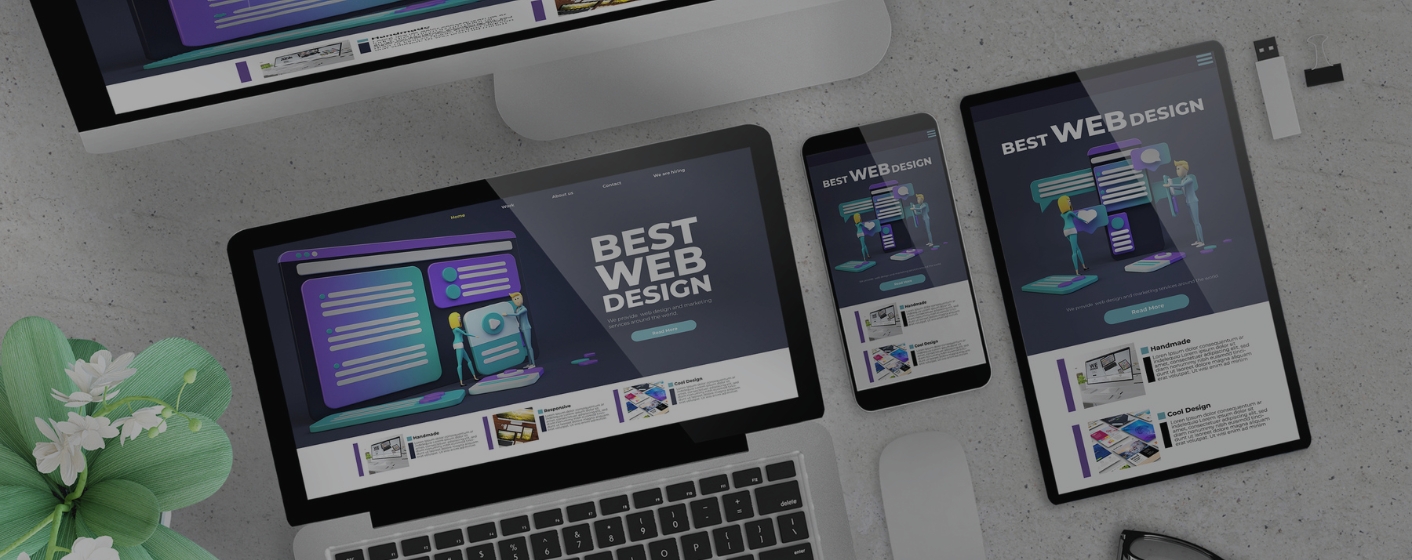Let’s face it—most of us live on our phones these days. From scrolling social media to shopping online, mobile is where the action is. If your business hasn’t embraced mobile-first design yet, you could be missing out big time. As we head into 2025, it’s time to stop thinking of mobile as a bonus and make it your priority.
What is Mobile-First Design?
Mobile-first design means starting the design process with mobile devices in mind and then scaling up for larger screens like tablets or desktops. Instead of cramming desktop features onto smaller screens, this approach ensures mobile users get the best experience from the start. Think clean layouts, fast loading, and easy navigation—all tailored for the way people actually browse.

Why Mobile-First Design Matters in 2025
1. Google’s Mobile-First Indexing
Google is all about mobile now, and they prioritize the mobile version of your website when ranking it. If your mobile site isn’t up to par, you might end up buried in search results. And let’s be real, who clicks past the first page of Google?
2. People Expect Better Mobile Experiences
No one has time for slow-loading, clunky websites. If your site isn’t fast and easy to use on a phone, people will bounce and find one that is. But if you get it right, you’ll keep them engaged and coming back for more.
3. Mobile Shopping is Exploding
More people are shopping through their phones than ever before, and this trend is only going up in 2025. If you run an online store, optimizing for mobile means smoother browsing and checkout experiences, which means more sales.
4. You’ll Reach More People
Mobile-first design means your site will work seamlessly on any device—smartphones, tablets, you name it. This makes it easy for people to connect with your brand wherever they are.
5. Faster Loading Speeds

Nobody wants to wait for a site to load, especially on mobile.
Mobile-first design pushes you to create lightweight, fast-loading pages, and search engines love that.
Key Elements of Mobile-First Design
Responsive Layouts: Your site should look great on any screen size.
Minimalist Design: Focus on what really matters and cut the fluff.
Fast Loading: Compress images, use lazy loading, and clean up code.
Touch-Friendly Navigation: Make sure buttons and menus are easy to tap.
Readability: Choose fonts and colors that are easy to read on small screens.
How to Get Started with Mobile-First Design
Audit Your Current Site: See how mobile-friendly your site really is.
Prioritize Content: Keep the most important info front and center.
Test on Multiple Devices: Don’t just check your phone—test it on as many devices as possible.
Get Help if Needed: If you’re not sure where to start, work with someone who knows mobile-first design inside and out.
Final Thoughts: Don’t Wait Until It’s Too Late
In 2025, mobile-first design isn’t just a nice-to-have—it’s a must. Get it right, and you’ll see the payoff in better SEO, more conversions, and happier users.
I’ve helped businesses transform their websites with mobile-first design, and I’m ready to help you do the same. Let’s chat about how we can optimize your site for the mobile world.


